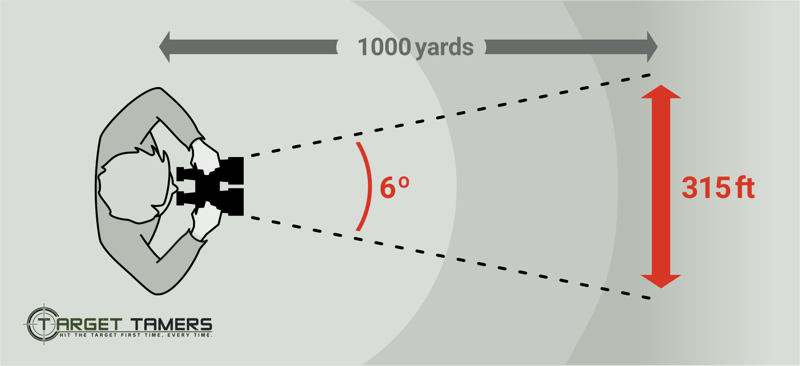Size
When it comes to size, that means I’m talking about the size of the objective lens. And there are three main types, including:
- Compact: 21 mm and 28 mm
- Midsized: 32mm and 36 mm
- Full sized: 42mm and more
Some like the compact binoculars because they are lightweight and easy to bring around. However, they might be inferior to the others if considering the field of view and light-gathering ability.
Hence, choosing the size depends on every demand.

Style
Based on the type of prism used, the style of binoculars is also divided into two main kinds.
Roof prism

This type is more solid than Porro prism products with the similar lens size. Its internal design is simpler as well.
But you soon recognize that it is quite tough to attain proper alignment of the prisms. Moreover, this design uses expensive coating, which increases the binoculars’ price high.
Porro prism

Since the Porro prism design has the objective lens further apart, it provides a larger view and high-quality stereoscopic image. Of course, it is cheaper than the proof style above.
However, if you like something lightweight, this is not the one for you. Besides, it is not water-resistant and dust-proof well.
Magnification
A good horse racing binocular means to offer a better picture of the action taking place on the field.
But REMEMBER that the higher the magnification is, the lower the field of view (FOV) is.
Let me explain it clearly!
- The high magnification with low FOV allows you to see close-up details yet less the whole picture.
- Of course, you will meet difficulties to get steady images since any small movements are progressively magnified.
That’s why the magnification between 7x and 10x is enough for watching horse races. Meanwhile, the 12x is ideal in case you are going to far away from the action.
Field of view
The field of view (FOV) is the width of the image that can be seen from the binoculars. Hence, if the FOV is wide, it allows you to see as much of the action at once without moving the binoculars too much.
The FOV often indicates the measurement in feet for the distance of 1,000 yards, now 1,000 meters or sometimes as an angle.
For instance, a FOV of 315 feet at 1,000 yards with 60 will be the proper choice.
But in this case, the wider is, the better is.
So, if you cannot decide between two models, you should check the one with the widest FOV.

Eye relief
Eye relief is the distance from the lenses where you can see the full field of view. And the eyecups on the binoculars assure that your eyes are put at the proper distance.
However, if you wear glasses, you have to lessen the distance so that you can see the full view without catching any vignette on the sides.
That’s why you need to select the product with a longer eye relief (at least 15mm) in order to see the full image.
The only downside to the long eye relief is that it often reduces the field of view.
Hence, if you are far-sighted or near-sighted, you can apply the binoculars without glasses since their focus will compensate. In case you have astigmatism, it is best to wear glasses.
FAQs
#1 – What do the numbers on binoculars mean?
There are two numbers on the binoculars. The first one is referred to as the power of zoom while the second is all about the lens size.
10×25, for instance, means 10x magnification and 25mm lenses.
#2 – How much zoom do I need for horse race watching?
The more zoom you have, the more detail you can see.
But KEEP IN MIND that high magnification binoculars are difficult to stabilize handheld, especially when you stand up in the races. Try to imagine that any small shake of your hand will be magnified, leading to unstable images.
As outlined above, the higher magnification is, the narrower the field of view is. That means you can meet difficulties when following the fast-moving horses.
Therefore, the best thing is to get the lower magnification yet a broader field of view binoculars. 7x, 8x or 10x is ideal for horse racing binoculars.
#3 – What is the best lens size to choose?
Big lenses are designed to assemble more light. And this allows you to get a brighter image, which means you can use in low-light conditions like fog, dusk, or even nighttime.
Since horse races often take place in the daytime with good light around, you don’t need to opt for big lenses. Also, they make your binoculars heavy and cumbersome.
That’s why I suggest you should choose the lens between 20mm to 36mm.
#4 – Which brand and how much you can spend?
There are many good binocular brands on the market.
If you are interested in high-end binoculars, you can consider Swarovski or Zeiss. But their prices are often expensive (more than $1000). Or you can check the binoculars from Nikon, Fujifilm or Olympus for the high-quality products with the lower price.
Or in case your budget is under 100, most of the models above are suitable to select.
Overall, it depends on your personal choice
Source: https://bit.ly/2HfJN6s
